Case Study
Regulation of frequentation and access at Cap de Creus Natural Park
Contact name
Ivan Bustamante Galera
Institution name
Parc Natural de Cap de Creus
Region & country
Catalunya - Spain
Summary
High visitor pressure in sensitive areas made it necessary to better manage tourist access at Punta de Cap de Creus nature reserve. To protect these spaces, private vehicle access was restricted during peak times—Easter, summer, and weekends in spring and autumn.
At the nature reserve, a dedicated car park was set up, and shuttle buses were provided to take visitors to the iconic lighthouse. In Roses, wooden bollards were installed to stop cars from parking along narrow bay roads. Some access points were closed entirely due to repeated rule-breaking and lack of respect for park guidelines, with the support of local municipalities.
Park regulations were clearly communicated on-site by staff and shared with visitors—with strong support from the tourism sector playing a key role in raising awareness.
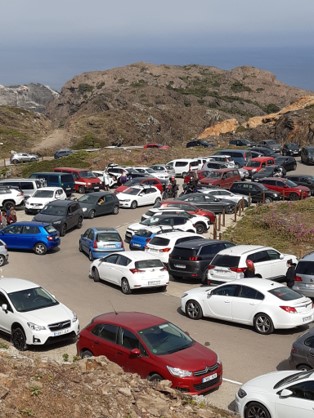
Car Park: The situation of the Far de Cap de Creus car park before the regulations
Parc Natural de Cap de Creus
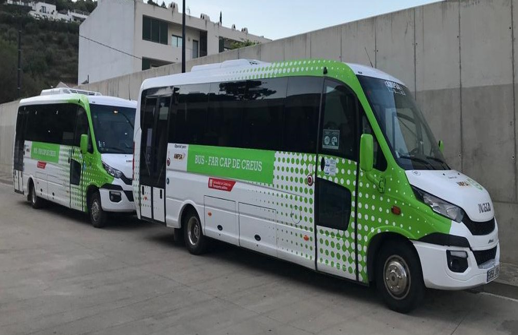
Shuttle busses. Transport system with launchers from Corral d'en Morell to the Far de Cap de Creus.
Parc Natural de Cap de Creus
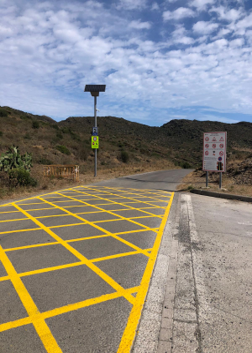
Regulations: Vehicle control using video surveillance cameras to regulate access.
Parc Natural de Cap de Creus
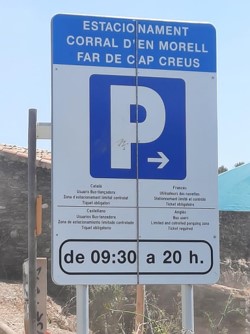
Car Park Regulations. Informative sign about regulations of Coral d'en Morell car park
Parc Natural de Cap de Creus
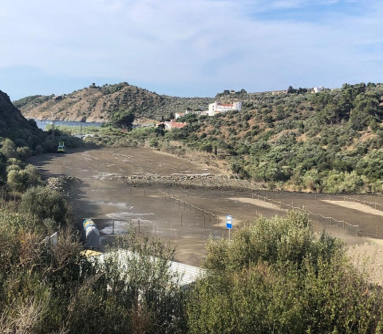
Regulations. Temporary parking area at Corral d'en Morell with 250 vehicle capacity
Parc Natural de Cap de Creus
Background of the project
Although several management tools were already in place—such as a public use plan, activity permits, nature sports regulations, and signposting—there were no specific measures to control private vehicle access. This led to negative impacts on conservation, safety, and local support for tourism. Problems included illegal parking, overnight stays in the park, limited emergency access, overcrowding, unhappy visitors, and growing frustration among local residents.
In recent years, various sensitive zones and Integral Reserves within the Natural Park have faced growing tourism pressure. The main challenge was managing large visitor flows in these areas, which lacked specific regulations. Following the Covid-19 lockdowns, the need for a more efficient visitor management system became even more urgent—to ensure safe tourism while protecting the park’s most fragile environments.
Solution and actions taken
To improve protection and visitor management, specific tools were implemented, including a Public Use Plan for the Integral Nature Reserve, tailored management plans for sensitive areas, activity authorisations, clear signposting, and regulations for nature-based sports.
New rules were also introduced, banning motor vehicles off designated roads and tracks, free camping, and overnight stays in vehicles. Access to the Integral Nature Reserve is now only allowed via marked paths and roads.
Key actions included a mobility study at Punta del Cap de Creus and an analysis of vehicle and visitor flow to beaches in Roses. These studies helped improve how tourism is managed in the Integral Nature Reserves during peak times—Easter, summer, and spring and autumn weekends.
To support this, private vehicle restrictions were introduced alongside a shuttle bus service. Additional measures included installing physical barriers and obstacles, distributing informational materials, improved signposting, and on-site guidance provided by park staff.
Other institutions or parties involved
Key partners included the town councils of Roses and Cadaqués, along with the University of Girona. Collaboration with Rural Agents (regional rangers) and other civil security forces was essential to the success of the initiative.
Support from other municipalities within the park made it possible to close certain access points due to ongoing issues with rule-breaking and disregard for park regulations. Tourism businesses and local information offices also played a vital role in sharing information and promoting the visitor flow management measures.
Results
While there is still work to be done, the results so far are encouraging. Annual data shows a shift in visitor profiles and a significant decrease in private vehicle access to sensitive areas.
In 2024, the park is undergoing a participation process to renew the European Charter for Sustainable Tourism, with new proposals already on the table to further improve visitor flow management. Additionally, the upcoming approval of the Master Plan for marine area use and management is expected to enhance conservation efforts across the Natural Park.
Challenges
- Acceptance of management measures was the main challenge.
- Communication of regulations to visitors is ensured through the support of tourism businesses and tourism offices.
- Information to locals is also targeted by the Natural Park and agreements were reached to ensure they can enjoy natural sites.
- Director of the Natural Park has met several times with tourism business located in the regulated areas to prevent and minimize possible conflicts.
Lessons learned
Measures to manage crowding in popular natural areas are generally well accepted by the local population—especially when they are supported by clear communication about the reasons behind them and when alternative ways to access these sites are provided.
Collaboration with city councils and local community associations has proven to be a highly effective way to implement specific regulations and advance conservation goals.
Contact name
Ivan Bustamante Galera
Institution name
Parc Natural de Cap de Creus
Website(s)
